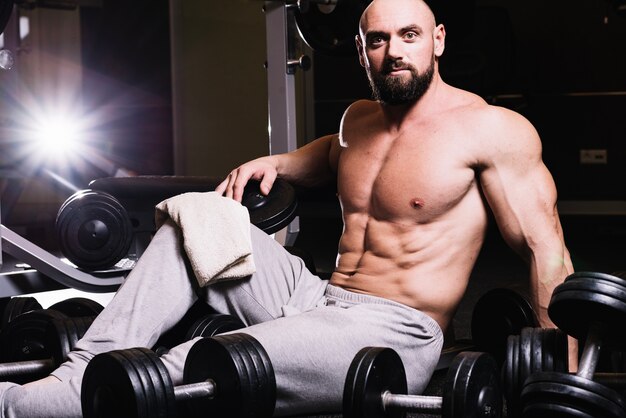Power is a term you’ll often hear in sports and fitness, but it鈥檚 not just limited to these areas. It鈥檚 an important aspect that athletes work hard to improve. So, what exactly is power in this context? How does it relate to other concepts like strength and work? Let’s break it down to get a clearer understanding.
Understanding Strength, Work, and Power
Strength in sports is basically how much force your muscles can exert against something. Think of it as the ability to push, pull, or lift a weight. This is measured in Newtons (N), which takes gravity into account. For example, if you have a 5 kg object, it exerts a force of about 50 N due to gravity. To hold that weight steady, your muscles need to exert an equivalent force.
Work, on the other hand, is about how much effort you exert over a distance. It鈥檚 calculated with the formula W = F x d (Work = Force x Distance). For instance, lifting a 10 kg weight and placing it on a table 1 meter high means you’ve done 100 Newton-meters (Nm) of work.
Power adds the element of time to this equation. It鈥檚 the amount of work you do per unit of time, represented by P = W / t (Power = Work / Time). Power is measured in Watts (W). If you think of velocity (V) as distance over time, you can also express power as P = F x V (Power = Force x Velocity). This shows that both strength and speed contribute to power.
The Role of Power in Sports
To be powerful in sports, you need to work on both your strength and your speed. Different sports require different kinds of strength, often referred to as “special” or “specific” strength. Athletes aim to reach an optimal level of strength that fits their particular sport.
The relationship between force and speed can be visualized with the Hill curve, showing that as your speed increases, the force you can exert decreases, and vice versa.
Types of Strength: Aerobic and Anaerobic
Strength can be divided into two main types: aerobic and anaerobic:
Aerobic Strength:
This involves longer, rhythmic activities that keep going over time, like jogging, cycling, or swimming. Aerobic exercises mainly use oxygen to meet energy demands and improve endurance and cardiovascular health. They use a mix of glucose and fatty acids to keep you going for longer periods.
Anaerobic Strength:
This type focuses on short, intense bursts of effort, such as sprinting, weightlifting, or high-intensity interval training (HIIT). Anaerobic exercises rely on glucose for energy, resulting in the production of lactic acid. These activities improve power, speed, and muscle development.
Final Thoughts
Improving power in sports requires strategic training. For example, a boxer looking to punch harder needs separate training sessions for speed and maximal strength. Balancing these aspects is crucial; too much focus on strength could lead to bulkier muscles that slow you down.
Coaches play a key role in planning training cycles to cover different phases effectively. A good personal trainer can help implement basic training methods. Understanding and balancing strength, work, and power are essential to enhance athletic performance effectively.







